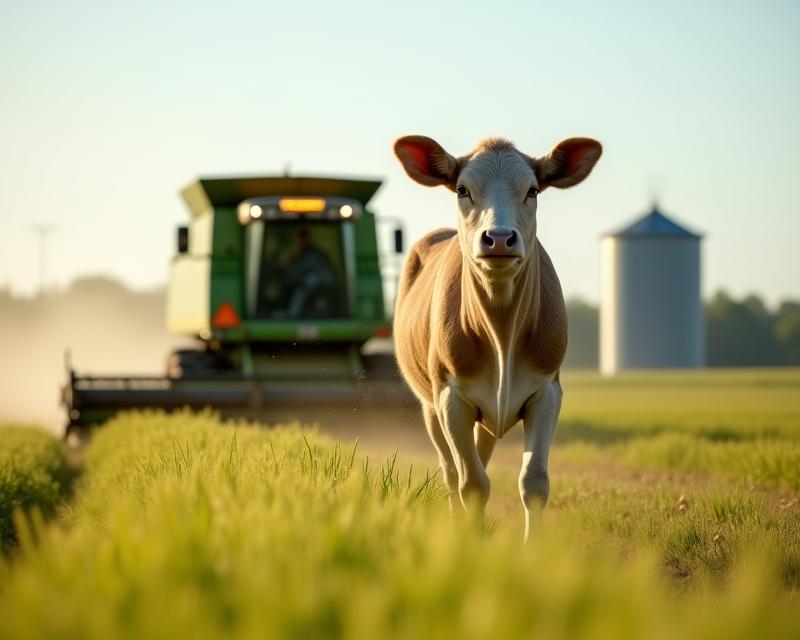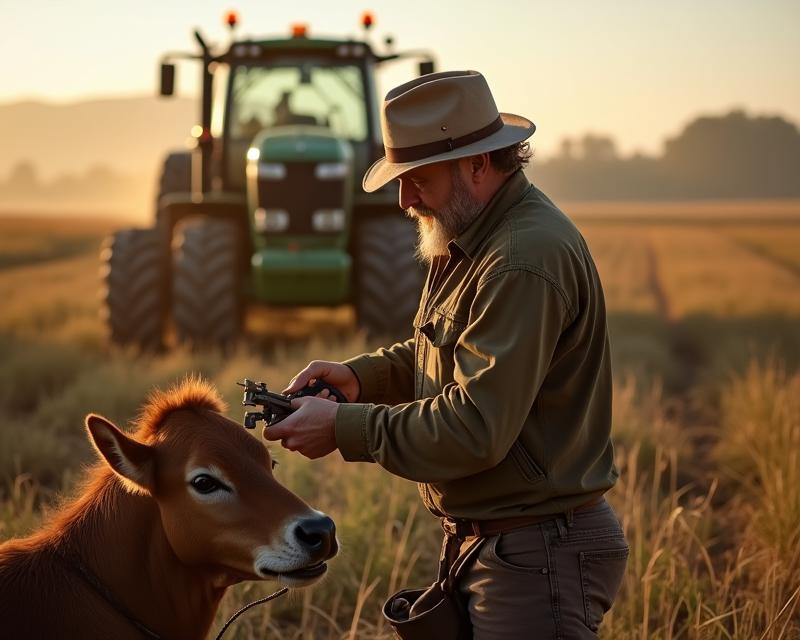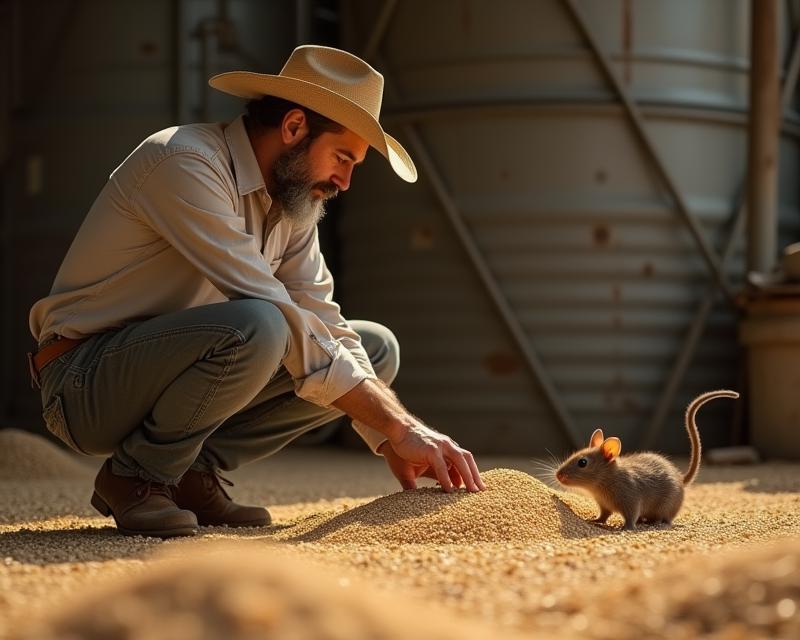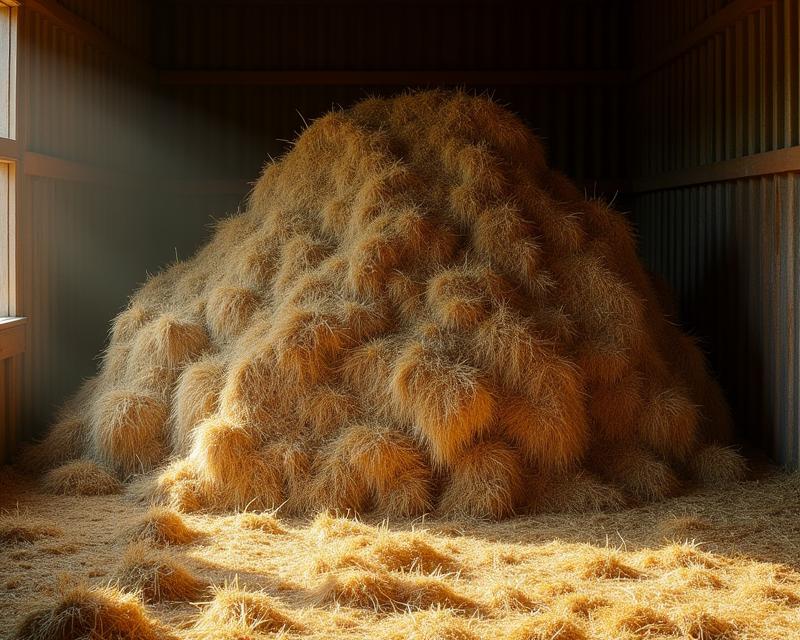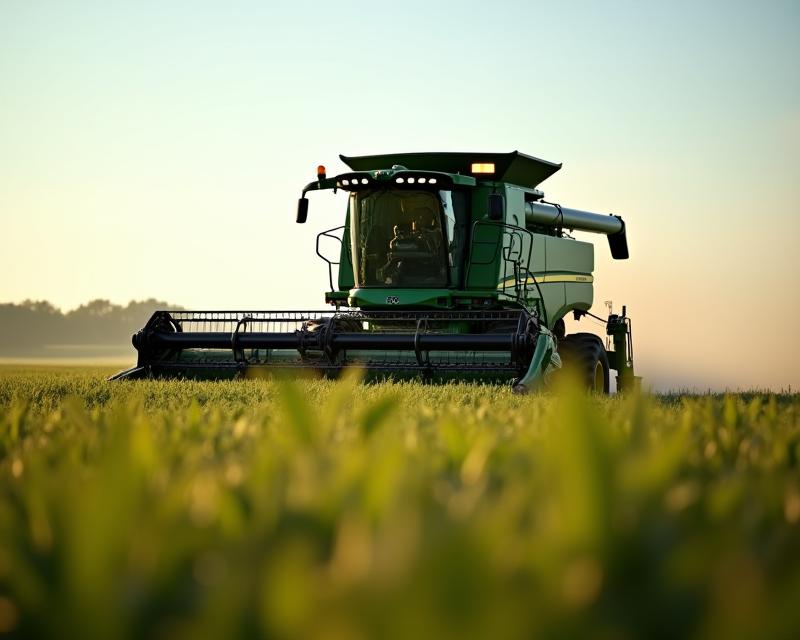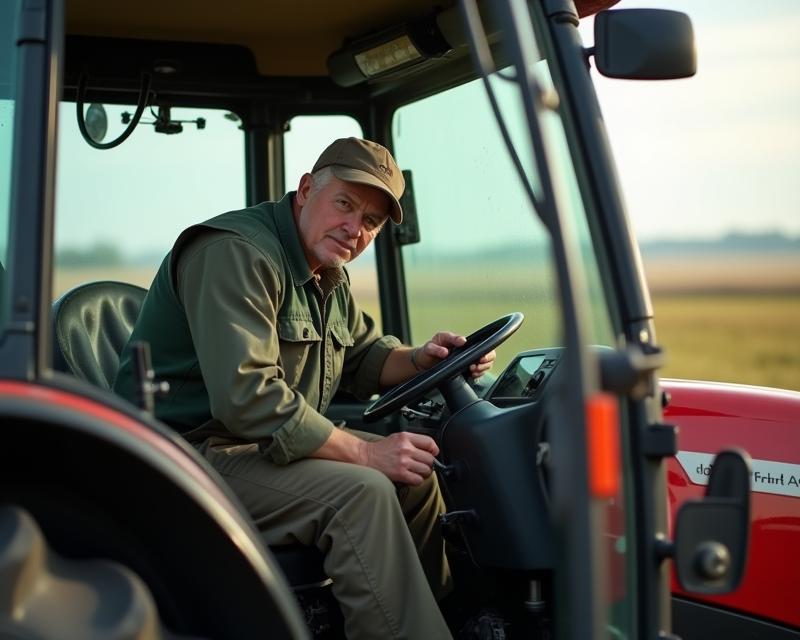Windrowing & Hay Laying: Expert Tips
Publish in Farm el 05/07/2025 20:49
Windrowing Forage: Drying Speed & Leaf Retention
Harvesting forage effectively is crucial for a successful year. Windrowing, the process of forming long rows of cut forage, is a key step in the haymaking process. Getting the drying speed right is essential – too fast, and you risk leaf loss; too slow, and you invite mold and spoilage. Here’s a breakdown of tips to optimize your windrowing and hay laying for the best results.

Optimizing Drying Speed
Several factors influence drying speed. First, consider the weather. Sunny, breezy days are ideal. Aim to start windrowing when the moisture content of the forage is around 20-25%. This is generally achieved when the plants are flowering. The height of your mower also plays a role. A higher cut can help with faster drying, but be mindful of leaf loss. Consider using a windrow turner to regularly flip the windrow. This exposes more surface area to the sun and air, accelerating the drying process. Don't forget to check the moisture content regularly with a moisture meter!
Minimizing Leaf Loss
Leaf loss is a major concern during windrowing. Sharp mower blades are a must! Dull blades tear the forage, leading to significant leaf loss. Also, avoid excessive windrow height. A windrow that’s too tall can trap moisture and increase the risk of leaf damage. Proper timing is also key. Cutting too early or too late can both lead to more leaf loss. Ideally, aim to cut when the forage is at its optimal moisture level, as mentioned earlier.
Hay Laying: Faster Curing & Better Retention
Once your windrows are formed, the next step is laying the hay to cure. The goal here is to create a uniform, well-aerated stack that allows for even drying. Aim for windrows that are 2-4 feet high, depending on your equipment and the type of forage. The width of the windrow should be manageable for your hay turner. Proper spacing between windrows is also important to allow for airflow.
Tips for Efficient Hay Laying
- Consistent Windrow Width: Maintain a consistent width for even drying.
- Proper Spacing: Leave adequate space between windrows for air circulation.
- Regular Turning: Turn the hay regularly (every 1-3 days) to ensure even drying and prevent mold.
- Avoid Wet Ground: Lay hay on dry ground to prevent contamination and promote faster drying.
- Consider a Hay Rake: A hay rake can help to create uniform windrows and improve airflow.
